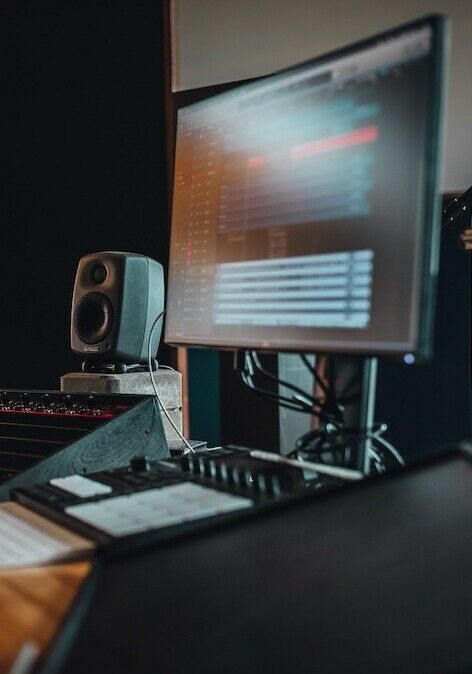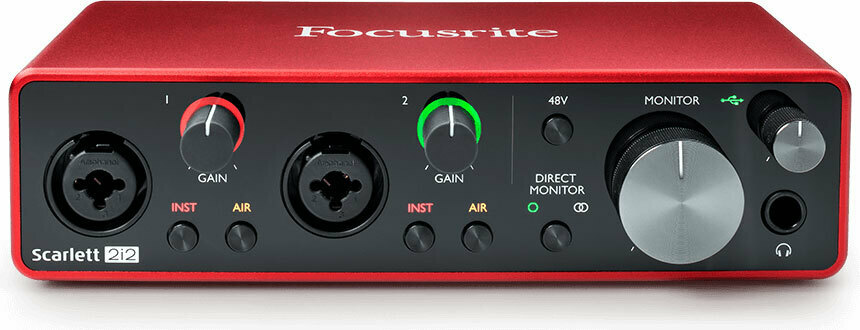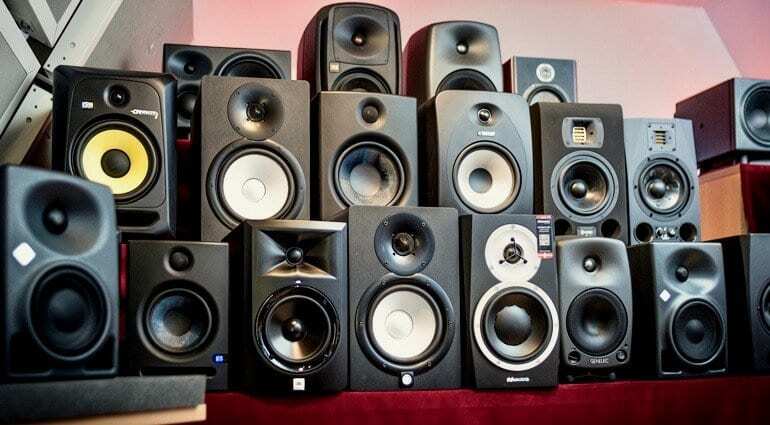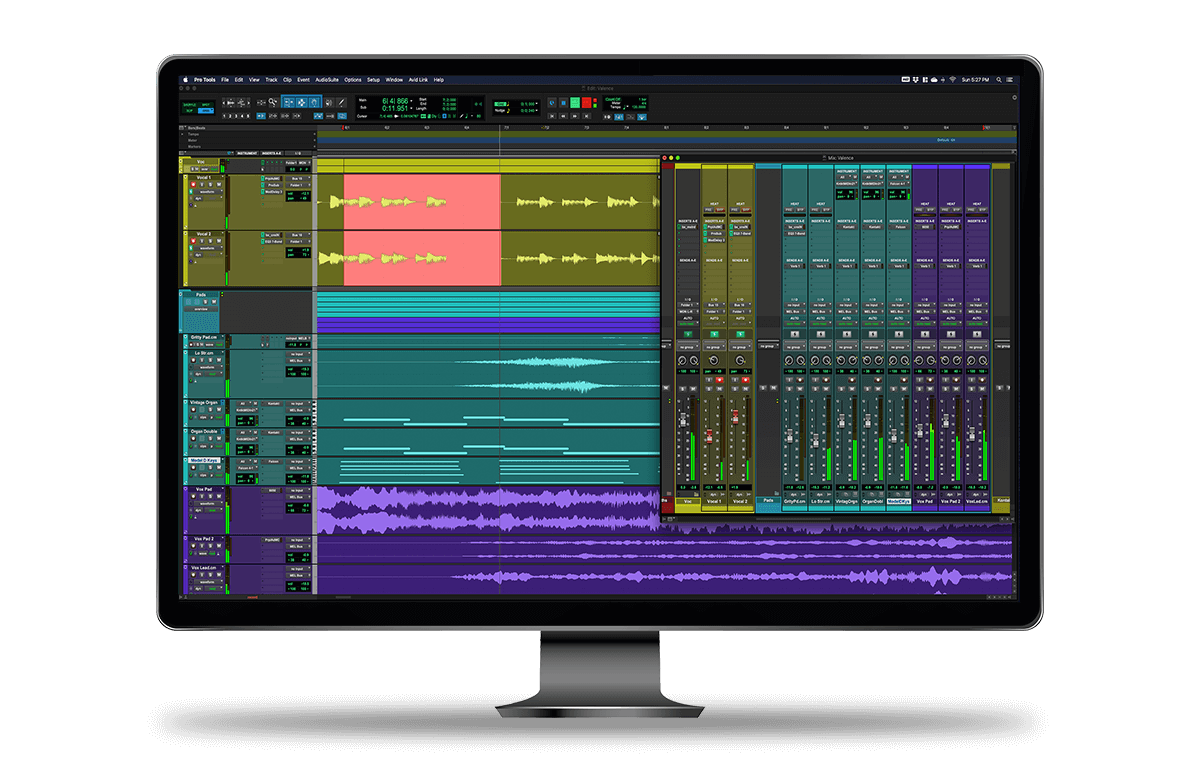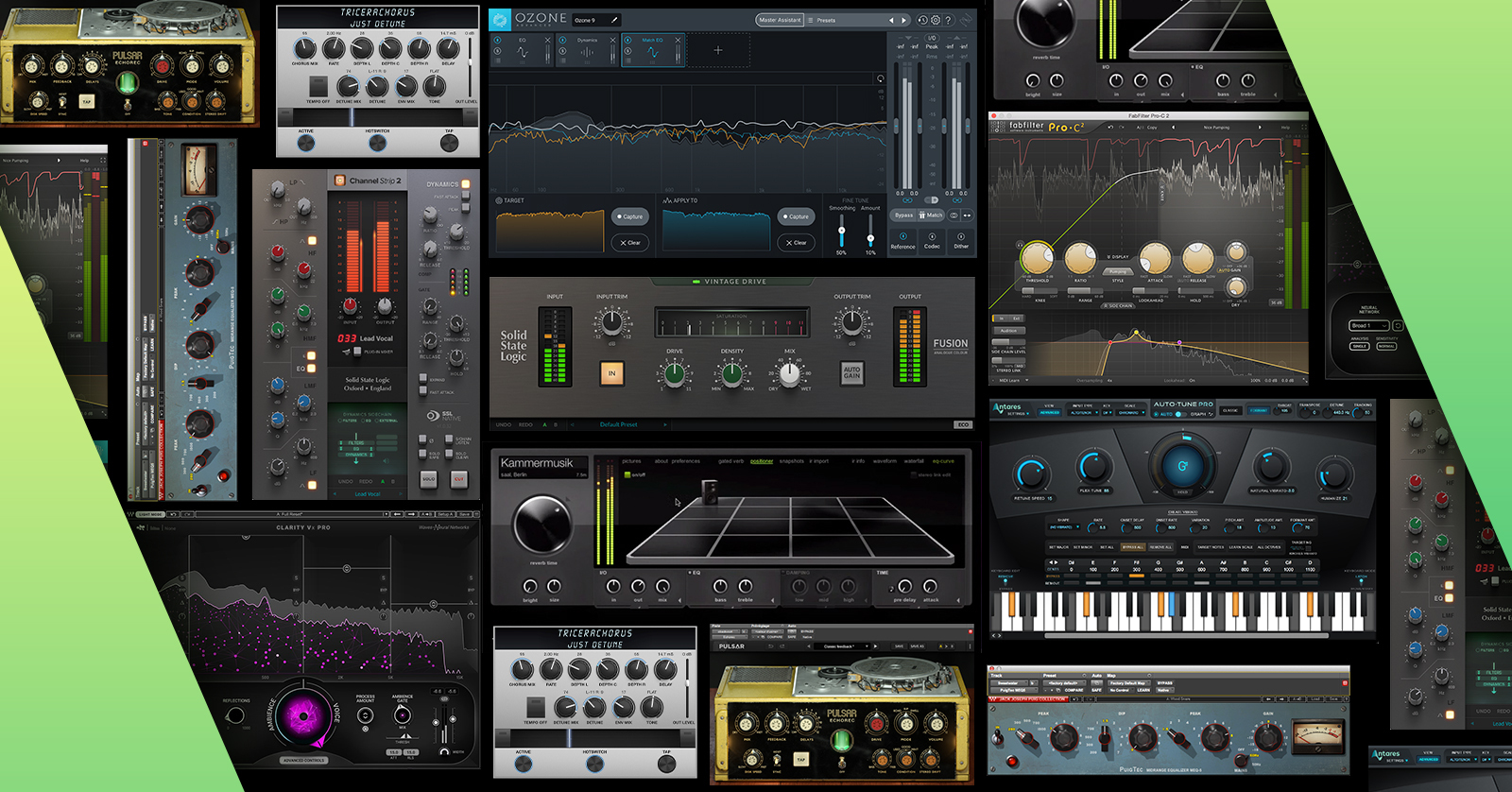Have you been thinking about using some of your free space to turn it into a recording studio, but have cost concerns? Setting up a home recording studio on a budget has never been easier.
The amount of quality gear that even a modest budget can get you today is remarkable. If you focus only on what you need (at first), and be precise in your buying decisions you can assemble the perfect recording rig for you.
We’ve gone over home recording studio setup essentials you need to get started. But in this article we’re going to look at setting up a home recording studio on a budget from the ground up. We’ll analyse some acoustic concepts, how to identify the gear you need, and how to maximise the space and equipment you have to work with.
What to Consider when Setting Up a Home Recording Studio on a Budget
Building out a home studio, especially on a budget, can be intimidating at first.
Whatever budget you’re working with, it’s best to assess your needs before committing to any purchases. What type of space dimensions do you have? How will you be using it? If you’ll only be mixing, it’s a different approach than if you need to do live tracking as well.
Once you have the basic necessities figured out, make a list of everything you know you’ll need and triage your purchase list accordingly. And keep in mind, certain things are worth spending a little more on while others can serve your needs in a more affordable way.
Let’s start with the basics - the room design.
Studio Space
As fun as it is to focus on the gear you need and improving your production skills, one of the biggest concerns if you’re setting up a home recording studio on a budget, is the space itself.
Let’s be honest, it’s the most boring part of the process, but it’s one of the most important. What size room are you working in? What are the dimensions, and how is it laid out? Do you have noise constraints due to neighbours or roommates?
It can't be overstated - the room is a make-or-break factor in your overall setup. That doesn't mean you can't produce great tracks in a less-than-ideal room. But how the sound interacts within the space is critical to make your mixes translate across different types of playback systems.
If you’re working out of a residential room, it will likely have low ceilings and be a square or rectangular shape. Some things to keep in mind are reflections off of the low ceiling, or standing waves created due to right-angle corners. Square rooms also create null points that cancel certain frequencies because of the parallel walls.
But there are things you can do to make your space more sonically sound. This brings us to room treatment.
